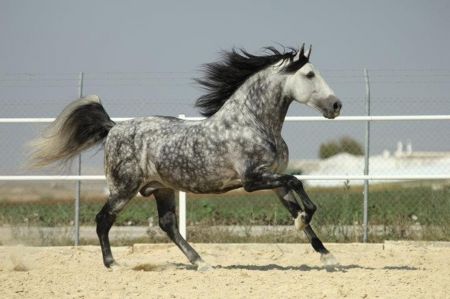

In bays, dapples can be harder to see as sometimes they are only a shade or two lighter. On a palomino, a golden coat with pale yellow or almost white circles. For a gray, this means a dark gray base and lighter gray circles. Q: What does a dapple horse look like?ĭapples look like round spots of lighter coloring on a darker coat. This is why horses who are underweight or lacking in nutrition often have thin, dull coats. A full, shiny coat is always an indicator of a healthy horse, as the coat is the last thing the horse pours its resources into. It also helps you keep on top of seasonal issues (like rain rot) which can put a damper on any horse’s coat.įrequently Asked Questions Q: Are dapples on a horse a sign of good health?Īccording to Dr. Grooming helps bring out dapples by allowing your horse’s natural oils to come to the surface for an incredible and natural shine. How can grooming help with bringing out dapples? For extra shine, you can finish with a soft brush. Use a good curry comb to stir up the dirt, followed by a stiff brush.

Try to spend at least 15 minutes giving your horse’s coat a thorough cleaning. Grooming is essential if you want to see some dapples, particularly if your horse is a bay. Nerida Richards, you can try adding oils (like flaxseed or soybean oil) that are high in omega 3’s. No supplement will add dapples, but some can improve coat quality and help bring out existing dapples. Make sure they have plenty of access to high-quality forage and that your choice of grain covers all the vitamins and minerals necessary for good health. Here are some of the breeds most likely to have them:Ī balanced, well-rounded diet can work wonders for helping your horse’s dapples to shine. What are the optimal conditions for dapples to occur?Īssuming your horse is predisposed to them (sorry, chestnut lovers), finding the right, well-balanced diet and having a stellar grooming regiment are key.Ī general rule of thumb is that any breed which can be gray or bay is likely to have dapples. This article from Science Daily offers some cool insights into genetics and the colorings of early horses (and how it relates to the modern dapple). Other times, the horse isn’t in optimal health, which can make a difference in whether or not you can see your horse’s dapples. Sometimes, it’s because the gene isn’t being expressed. This is a lot like the question “Is a tomato a fruit or a vegetable?” The current science indicates that dapples have a base in genetics, yet not all horses with the ability to dapple, do. Not all horses are created equally, so you may know a gray horse in his twenties that still has his dapples. Most gray horses are born black and turn gray over time, developing their dapples as they do. Do dappled gray horses stay that color?ĭappling is a trait that tends to come and go, eventually fading as the gray horse turns white over time. I used to own a gray horse, and many non-horse people would comment on his “dapples” (he was flea-bitten, which is slightly different, though related to dapples). When most people hear the word dapple, a gray horse springs to mind. This is because dapples are caused by variations in the red and black pigments along their hair shafts. Horses that are gray, bay, palomino, or buckskin are the most likely to have this trait, while it’s extremely rare in chestnuts. In theory, almost any horse could have a gene that causes dapples. So if you have a dark gray horse, dapples on them would look like circles of varying sizes that are lighter gray. According to Merriam-Webster, a dapple is “any of numerous usually cloudy rounded spots or patches of a color or shade different from their background.”


 0 kommentar(er)
0 kommentar(er)
